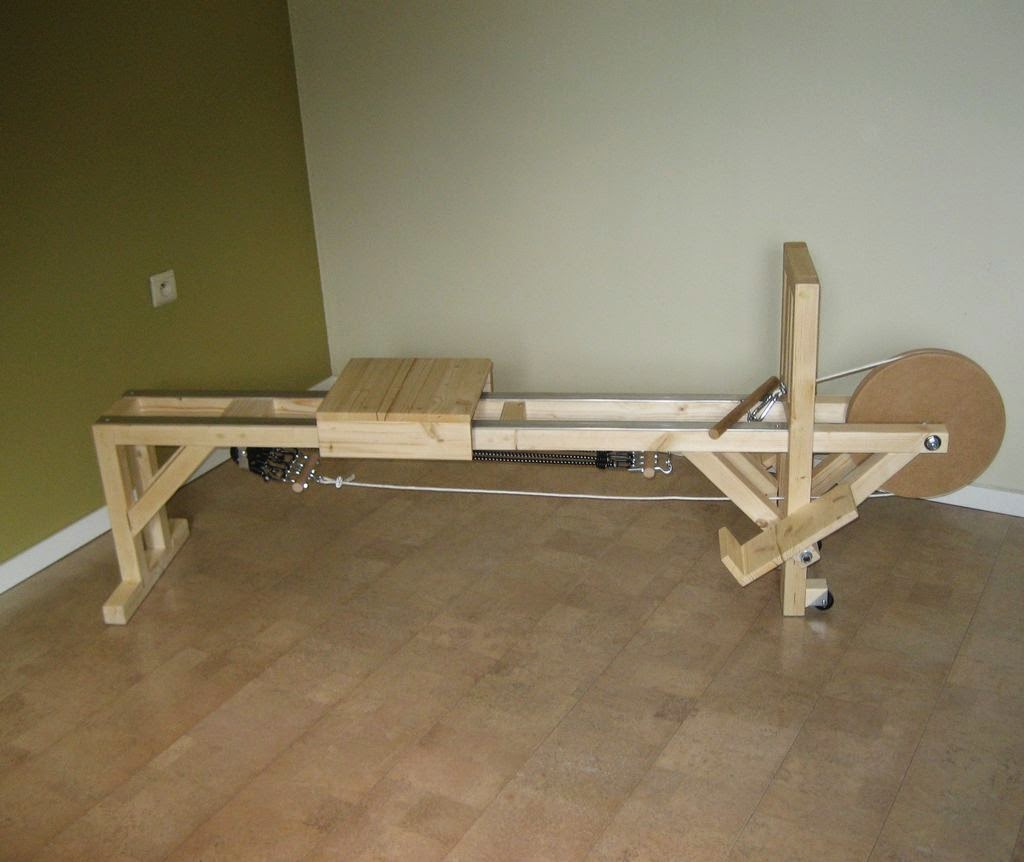1. Rowing is a total body workout. Rowing only looks like an upper body sport. Although upper body strength is important, the strength of the rowing stroke comes from the legs. Rowing is one of the few athletic activities that involves all of the body’s major muscle groups. It is a great aerobic workout, in the same vein as cross-country skiing, and is a low-impact sport on the joints.
2. Rowers are among the world’s best athletes. Rowing looks graceful, elegant and sometimes effortless when it is done well. Don’t be fooled. Rowers haven’t been called the world’s most physically fit athletes for nothing. The sport demands endurance, strength, balance, mental discipline, and an ability to continue on when your body is demanding that you stop.
3. Sweep (like a broom) and Sculling (with a “c”). There are two basic types of rowing: sweep rowing and sculling. In sweep rowing, athletes hold one oar with both hands. In sculling, the athletes have two oars, one in each hand.
4. The boat. Although spectators will see hundreds of different races at a rowing event, there are only six basic boat configurations. Sweep rowers come in pairs (2s), fours (4s) and eights (8s). Scullers row in singles (1x), doubles (2x) and quads (4x). Sweep rowers may or may not carry a coxswain (cox-n), the person who steers the boat and serves as the on-the-water coach. All eights have coxswains, but pairs and fours may or may not. In all sculling boats and sweep boats without coxswains, a rower steers the boat by using a rudder moved with the foot.
5. The categories. Rowers are categorized by sex, age and weight. Events are offered for men and women, as well as for mixed crews containing an equal number of men and women. There are junior events for rowers 18 or under or who spent the previous year in high school, and there are masters events for rowers 21 and older. There are two weight categories: lightweight and open weight.
6. The equipment. Today’s rowing boats are called shells, and they’re made of lightweight carbon fiber. The smallest boat on the water is the single scull, which is only 27-30 feet long, a foot wide and approximately 30 pounds. Eights are the largest boats at 60 feet and a little over 200 pounds. Rowers use oars to propel their shells. Sweep oars are longer than sculling oars, typically with carbon fiber handles and rubber grips (although some sweepers still prefer wooden handles). Sculling oars are almost never wood.
7. The crew. Athletes are identified by their position in the boat. The athlete sitting in the bow, the part of the boat that crosses the finish line first, is the bow seat or No. 1 seat. The person in front of the bow is No. 2, then No. 3 and so on. The rower closest to the stern that crosses the finish line last is known as the stroke. The stroke of the boat must be a strong rower with excellent technique, as the stroke is the person who sets the rhythm of the boat for the rest of the rowers.
8. SPM not MPH. Rowers speak in terms of strokes per minute (SPM), literally the number of strokes the boat completes in a minute’s time. The stroke rate at the start is high – 38-45, even into the 50s for an eight – and then “settles” to a race cadence typically in the 30s. Crews sprint to the finish, taking the rate up once again. Crews may call for a “Power 10” during the race – a demand for the crew’s most intense 10 strokes.
9. Race watching. The crew that’s making it look easy is most likely the one doing the best job. When watching a race, look for a continuous, fluid motion from the rowers; synchronization in the boat; clean catches, i.e. oars entering the water with little splash; and the boat with the most consistent speed.
10. Teamwork is number one. Rowing isn’t a great sport for athletes looking for MVP status. It is, however, teamwork’s best teacher. The athlete trying to stand out in an eight will only make the boat slower. The crew made up of individuals willing to sacrifice their personal goals for the team will be on the medal stand together. Winning teammates successfully match their desire, talent and bladework with one another.
Tirado de: http://www.usrowing.org/About/Rowing101/11Insights.aspx
